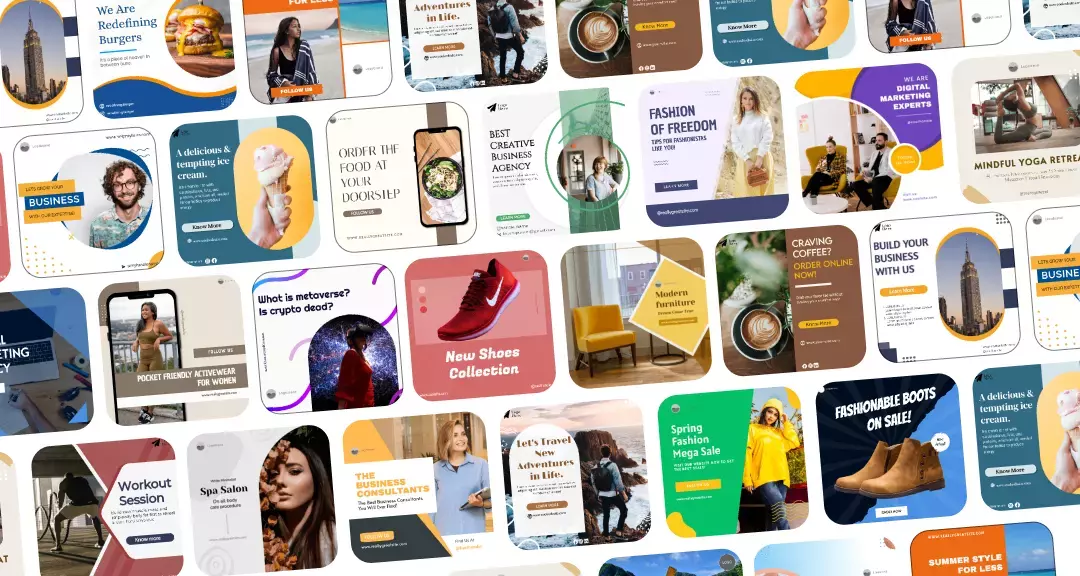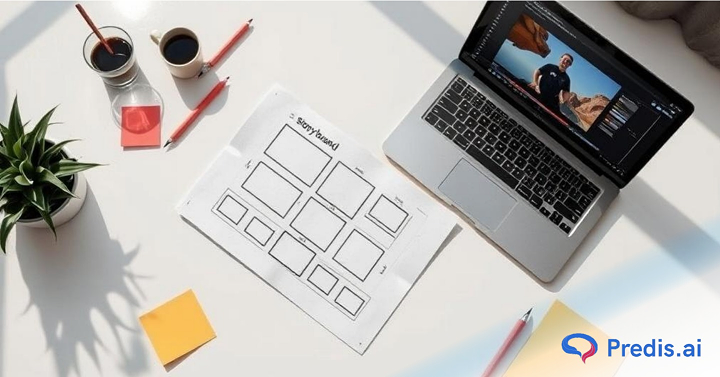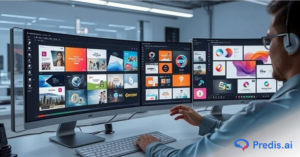A great video is made requires a lot of steps before the record button is pressed. A well-thought-out script can help you to save time, money, and stress when making a DIY video, a marketing video, or a short film. A storyboard is like a road map for your video; it shows the order of each scene, camera angle, and important action.
This guide will show you step-by-step how to make a video storyboard. This will help you organize your ideas, speed up production, and get your message across clearly, no matter how experienced you are as a creator.
TL;DR 👇
A video storyboard is an easy way to lay out your scenes before you start filming. It helps you to tell your narrative clearly, pulls your team together, saves you time and money, makes your stories better, and gets your creative juices flowing. First, figure out what you want your video to do. Then, compose a script, draw each scene, add notes, and talk about it with your team. You can speed up the process even more by using tools like Boords or StudioBinder. If you want to make a spectacular video, whether a film, a YouTube tutorial, or a marketing video, you need a storyboard for sure!
What is a Video Storyboard?
A video storyboard is a picture of your video. It divides the story into several scenes and shows what happens in each one. Imagine your video as a comic strip with each frame being a shot.
A storyboard lets you see the plot, camera angles, and actions clearly before you start shooting, so you don’t have to go into it blind. Even if your drawings are simple, like stick figures or rough sketches, they should still show how the video flows.
For example:
- Like, in a marketing video, your storyboard might show a product at the beginning, then a customer using it, and finally a close-up of the brand name.
- Each frame in a YouTube lesson could be a step in the process, such as the beginning, the showing, and the end result.
- A storyboard helps you turn your vague thoughts into a clear picture, no matter what kind of a video you’re making.
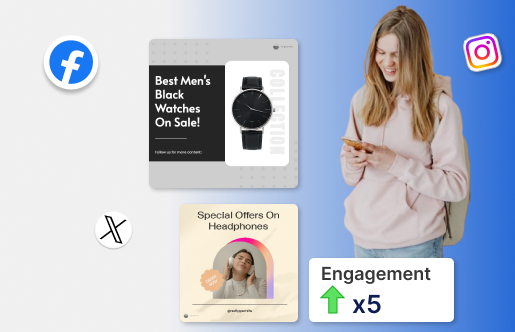
What Makes a Video Storyboard Important?
A video storyboard is a way to arrange your shots, see how they will flow, and make sure your crew understands your ideas effectively. Before filming starts, it’s an important tool that makes sure everyone is on the same page.
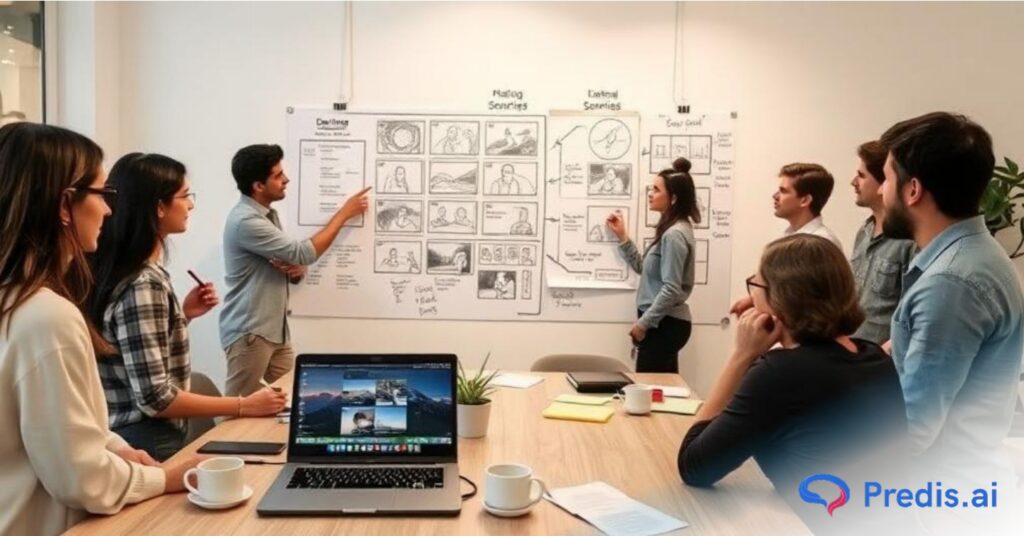
This is why it’s important:
- Clear Visualization: It helps you and your team see the whole story. You don’t have to try to explain everything orally; you can just show it.
- Team Alignment: A storyboard makes sure that everyone on the team knows your creative vision, whether you’re working with clients, a camera crew, or editors.
- Helps you save time and money: Planning scenes ahead of time helps you avoid mistakes and wasted time and money during shooting.
- Better Storytelling: By putting everything out, you can find holes, speed things up, and make sure the story makes sense.
- Boosts Creativity: It makes you more creative because seeing your video in frames often gives you new ideas for transitions, angles, or effects.
A storyboard is like a plan for how the process will go. It takes plans to build a house, and marketers and filmmakers use storyboards to make videos. It connects your script to the finished video.
Benefits of a Video Storyboard
- Reduces Stress while saving time
- You can plan your shots ahead of time with a storyboard, so you won’t have to waste time on set working things out. Making something goes more smoothly and meets goals more easily when you have a clear plan.
- Avoids Mistakes That Cost A Lot
- It can cost a lot of money to reshoot and miss shots. A storyboard makes sure you get everything you need the first time by letting you see problems early on in the planning process.
- Helps the whole team stay on track
- Whether you’re working with a director, a camera crew, or the marketing team, a plan helps everyone see what you want to do. That way, everyone knows what they need to film and how it should look.
- Helps people tell stories and be creative
- You can improve the flow, pacing, and transitions by laying out your video scene by scene. This helps your story become simpler and more interesting, and it often gives you new ideas for writing.
How to Make a Video Storyboard? Step-By-Step Guide
- Define Your Video’s Purpose and Audience
- Before you start sketching, you should ask yourself, “Why am I making this video?” or “Who am I trying to get to?” Who are my target audiences?
- Make your goals clear: Identify the main message or goal.
- Know About Your Target Audience: Tailor the scenes and the tone, in order to engage your target audiences.
- When you know what you want to do from the start, it makes every choice easier, from the sequencing of the scenes to the angles of the cameras.
- Develop a Script or Outline
- Then, construct a script or blueprint that divides your video into scenes and actions.
- Organize your story: Split the video into important moments.
- Add actions and dialogue: You need to include crucial lines, gestures, or movements.
- A clear script makes sure that your storyboard is showing the story of your video in an accurate manner.
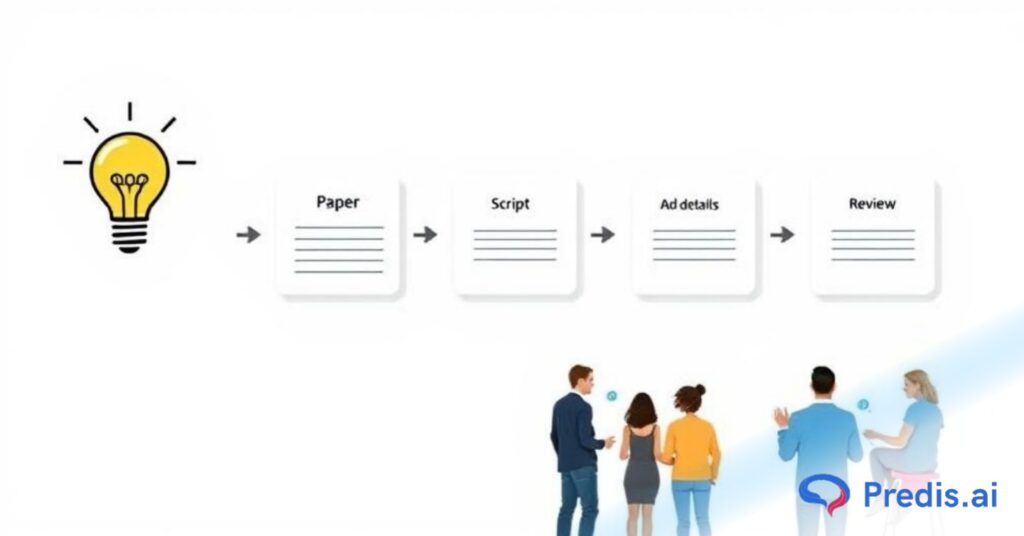
- Draw/Sketch the scenes
- At this point comes the fun part: making your plan. You do not have to be an artist to do this. Sketches, stick figures, or icons will do.
- Pay attention to the structure and important parts of each scene.
- For consistency, use storyboard templates or digital tools such as Boords, StudioBinder, or TechSmith.
- It’s not perfection that we want, but truth. Your team should be able to quickly understand what’s going on.
- Write notes and descriptions
- There are a thousand lines in a picture, but annotations make it even clearer.
- Add sound cues, camera views, movements, and lighting.
- Add timing details when each shot was taken to help you plan the pace.
- Annotations keep people from misunderstanding and make sure everyone knows exactly what you mean.
- Review and Revise
- Once you’ve written your outline, show it to your team and ask them what they think.
- If you need to, revise scenes to make them clearer and more logical.
- Always keep in mind that a storyboard is a live thing that can change as your video project does.
Tools and Resources for Video Storyboarding
Using the appropriate tools accelerates and simplifies the process of video storyboarding:
- Boords: The user-friendly online storyboard creator.
- Boords is perfect for beginners and professionals who want a fast and simple way to create storyboards. It has tools like drag-and-drop frames, script integration, and simple ways to work together.
- You can export your storyboard as PDFs or share them online, making it ideal for remote teams and content creators.

- StudioBinder: Storyboarding and production software designed specifically for professionals
- Builders, agencies, and creative teams can use it to handle the whole production process.
- StudioBinder lets you make plans, shot lists, storyboards, and call sheets all in one place. \It is a great choice for making high-quality videos because it has features that professionals would expect.

- TechSmith: is a straightforward application that lets you annotate and organize storyboards.
- Its simplicity and ease of use allow you to concentrate on scene planning rather than becoming bogged down in complicated software.
- For educators, marketers, or small businesses making instructional or explainer videos, this makes it a terrific choice.

- Predis.ai: AI Content Ideation and Video Planning Support
- Even though Predis.ai doesn’t make standard storyboards, it can still help with planning a video in its early stages.
- It gives you a good place to start before you move on to a specialized storyboard tools mentioned above by letting you come up with ideas, captions, and short-form video concepts.
- This is a quick and easy way for marketers and small businesses to come up with new ideas.

There are also free templates available online that you may use to either speed up the process or get ideas for your video storyboard layout.
Tips to Make Storyboarding Work?
These recommendations will help you keep your storyboard as a useful planning tool instead of merely a drawing.
- Keep things the same: Make sure that the style and format are the same in all scenes.
- Prioritize clarity: Make sure each scene is straightforward to understand at a glance.
- Work together: Get feedback from team members to improve the storyboard.
- Be open to change: As your video changes, be ready to change your storyboard.
Conclusion
A well-crafted storyboard is more than just a series of sketches on paper; it serves as the blueprint for your video. By defining your objective, planning scenes, sketching images, and adding notes, you can establish a clear and successful production roadmap.
Begin simply, evaluate with your team, and refine as your project progresses. With a strong storyboard, you can transform your ideas into a video that engages your audience and fulfills your objectives.
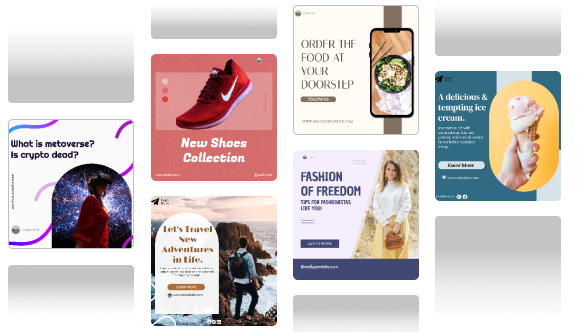
FAQs
A video storyboard should have sketches of the scenes, the conversation, the camera angles, the actions, and ideas for sound or lighting. Your vision can be shown through simple drawings with clear notes.
Not at all! Icons, stick figures, and written descriptions work well. Clarity, not artistry, is desired. Many producers use digital storyboard tools or templates for convenience.
The storyboard shows how your video will look scene by scene. Technical shot lists specify shots, angles, and equipment. They work well together in the video.
It’s possible but not ideal. A script or outline breaks the tale into scenes to assist your storyboard. Without it, conversation and transitions may be missed.
Popular free or freemium video storyboard tools include Boords, Storyboard That, Canva, and StudioBinder. For a simpler setup, utilize Google Slides or PowerPoint with storyboard templates.
